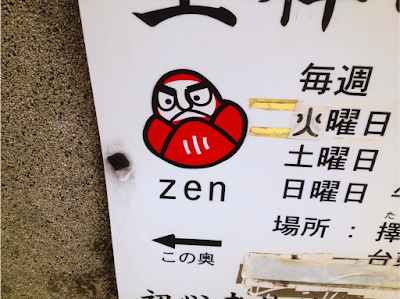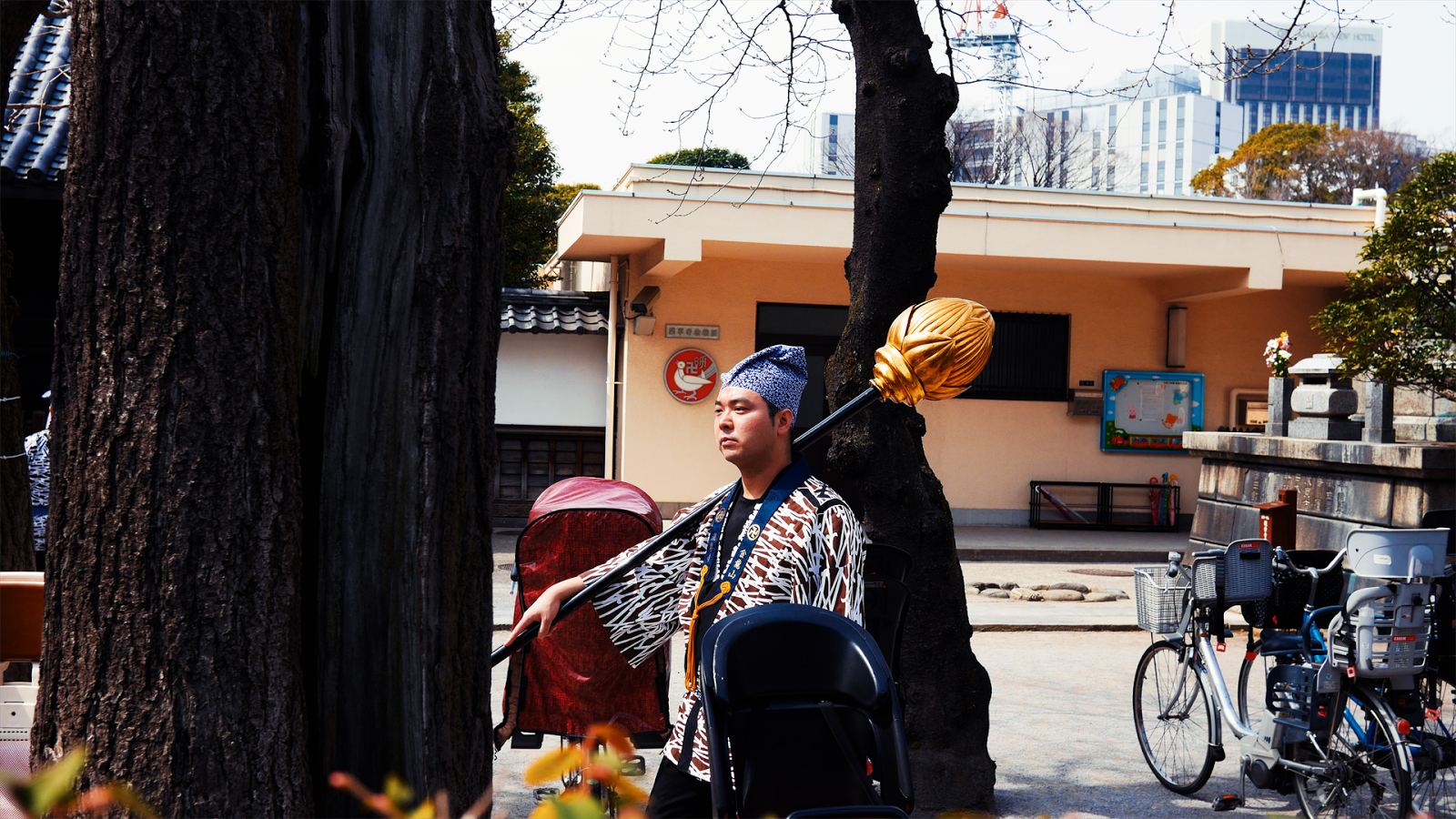New Bujinkan Book, "Dancing Embers" by Sleiman Azizi
From Bujinkan Santa Monica by Michael
 |
| Warm People, 日本民家園 Nihon Minka-en, photo by Michael Glenn |
My friend Sleiman Azizi has a new book out called Dancing Embers. I’m not sure if Sleiman wants anyone to know, but besides being a martial artist, he is also a poet. Being a poet myself, that was one of the things that drew me to him.
I met Sleiman many years ago during one of my trips to Japan for Bujinkan training. He was not one of the loud, in your face foreigners that one often enjoys in the raucous atmosphere of the Bujinkan dojo. In fact, I may never have noticed him at all had my teacher not introduced us.
I felt a quick bond because of the subversive twinkle in his eye. I often gravitated towards his corner of the dojo during my many visits. Over the years we continued to trade training ideas along with plenty of dry humor.
One day, without knowing why, I turned to him for advice about a pending complication with my upcoming godan test. My mind had been in turmoil for days because of a premonition I had about it. Sleiman gave me a quick suggestion that immediately felt right. I thought, “ok, that’s what I will do.” My premonition turned out to be correct, and it was Sleiman’s advice that carried me through.
For this I owe him my kansha (gratitude) for being a kansha (person of sense).
But, like so many of the people I meet in training, I never felt I really knew him. This connects with one of the central ideas of his book, that you cannot really know budo because it is not there to be known. Especially with Hatsumi Sensei’s expression of Budo. It is like like the sun trying to find a dark place to hide.
So how did I begin to know the author of this new book, Dancing Embers? One day I discovered his poetry. Poetry can reflect the inner world of the author. Poetry and budo have a long history together. This poetry tries to express the inexpressible nature of life and death. The writer may fail, but in the effort we can find beauty.
And it may bring us the closest to knowing the essence of budo.
The closest I can get to knowing Sleiman is by following his thoughts. Or, as he suggests in the book, his 随筆 zuihitsu are the miscellaneous writings he shares so that we may follow the brush of his thoughts. This is like my own experience riding along with him on the train after a great class at the Hombu dojo.
Remember that subversive wit I mentioned? Well, while applying poetry to thoughts of budo, Sleiman often confronts himself and the reader with the ridiculousness of it all. It is like the sufi story where Mulla Nasreddin was throwing handfuls of crumbs around his house. "What are you doing?" someone asked him. "Keeping the tigers away." "But there are no tigers in these parts." "That's right. Effective, isn't it?
With the teaching methods of a trickster, Sleiman’s thoughts and writings often pass judgement. But it is the judgement of fire that burns both the judge and the accused. No one escapes. Not even the author.
This is a common trickster approach. Some of the deepest lessons in Budo are found in this space. Sleiman writes,
“Just as a good chef can taste the mindset of the person who made the food being eaten, so too a good reader can read the mindset of the person who wrote the words being read.”
If you wish to approach your budo from an oblique angle that will provide insights that cannot be found elsewhere, get a copy of Sleiman’s book, Dancing Embers (Amazon link). You will be included in the private conversations and thoughts of someone who has lived many years in Japan and studied Hatsumi Sensei’s budo with a heart full of reflection.







